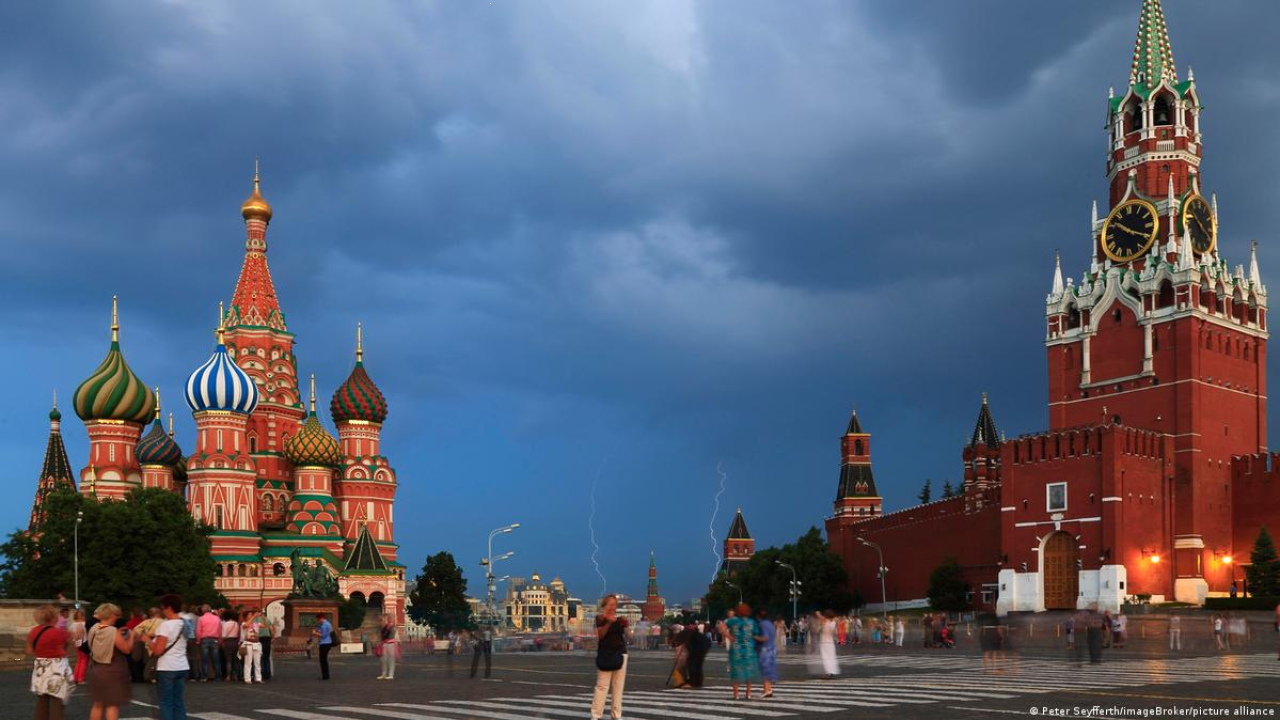Ukraine’s Attack on Kremlin
Russia has accused Ukraine of attacking the Kremlin on May 3, 2023, with drones in an attempt to assassinate President Vladimir Putin. Unverified videos on the internet have shown a flying object exploding near the Kremlin Senate building during the alleged drone attack.
What is the Kremlin?
The term Kremlin is derived from the Russian language which means “a citadel or a fortress within a city.” Although there are more than 20 kremlins throughout Russia, the most significant and widely known one is located in Moscow. This particular fortress has been the center of political power in Russia since the 14th century.
Size and Structures
The Kremlin is located on the northern bank of the Moskva river and spans 28 hectares, which is about the size of Connaught Place in New Delhi. It includes four cathedrals and five palaces and is enclosed by the Kremlin Wall, which has distinct towers. To the east of the Kremlin are the famous St Basil’s Cathedral and Red Square, which are the locations of important state events. Since 1990, the Kremlin has been recognized as a UNESCO World Heritage Site.
Built and Rebuilt Over Centuries
The first fortifications were undertaken at the site in 1156, and the Kremlin’s subsequent development and increasing grandeur reflected the rise of Moscow as the seat of power in Russia. The Kremlin saw its next spurt of building in the 17th century, but it fell into disrepair after Czar Peter I moved the capital to the Baltic Sea port of St. Petersburg in 1713.
After Napoleon’s invasion in 1812, the Kremlin needed significant restoration. Ultimately, from 1839 to 1849, certain outdated edifices were dismantled once more to construct the Grand Kremlin Palace, which presently acts as the abode of the Russian President.
The Kremlin Today
Currently, the Kremlin represents a mixture of various architectural designs that mirror not only the aesthetics and technical prowess of the period but also the ideological and political inclinations of the ruling elite. Ivan III’s constructions reflect his desire to make Moscow the center of the Orthodox world, whereas the Soviets famously replaced the eagles atop the spires with Soviet stars, the official symbol of the communist state.
The diversity of the Kremlin’s uses is another factor that contributes to its architectural diversity. It has been accessible to tourists since the 1950s, and numerous buildings have been transformed into museums. After the fall of the Soviet Union, service in the existing cathedrals resumed.
Month: Current Affairs - May, 2023
Category: International / World Current Affairs


